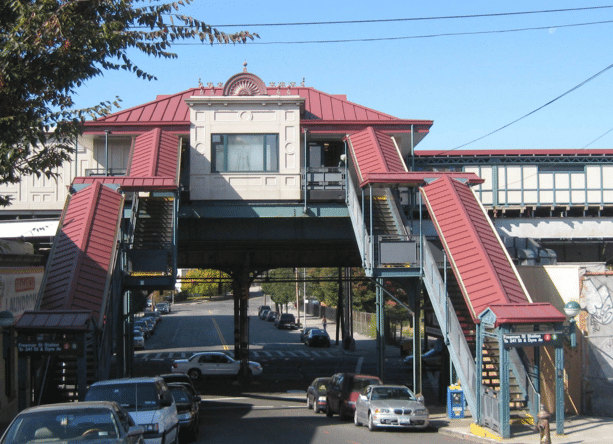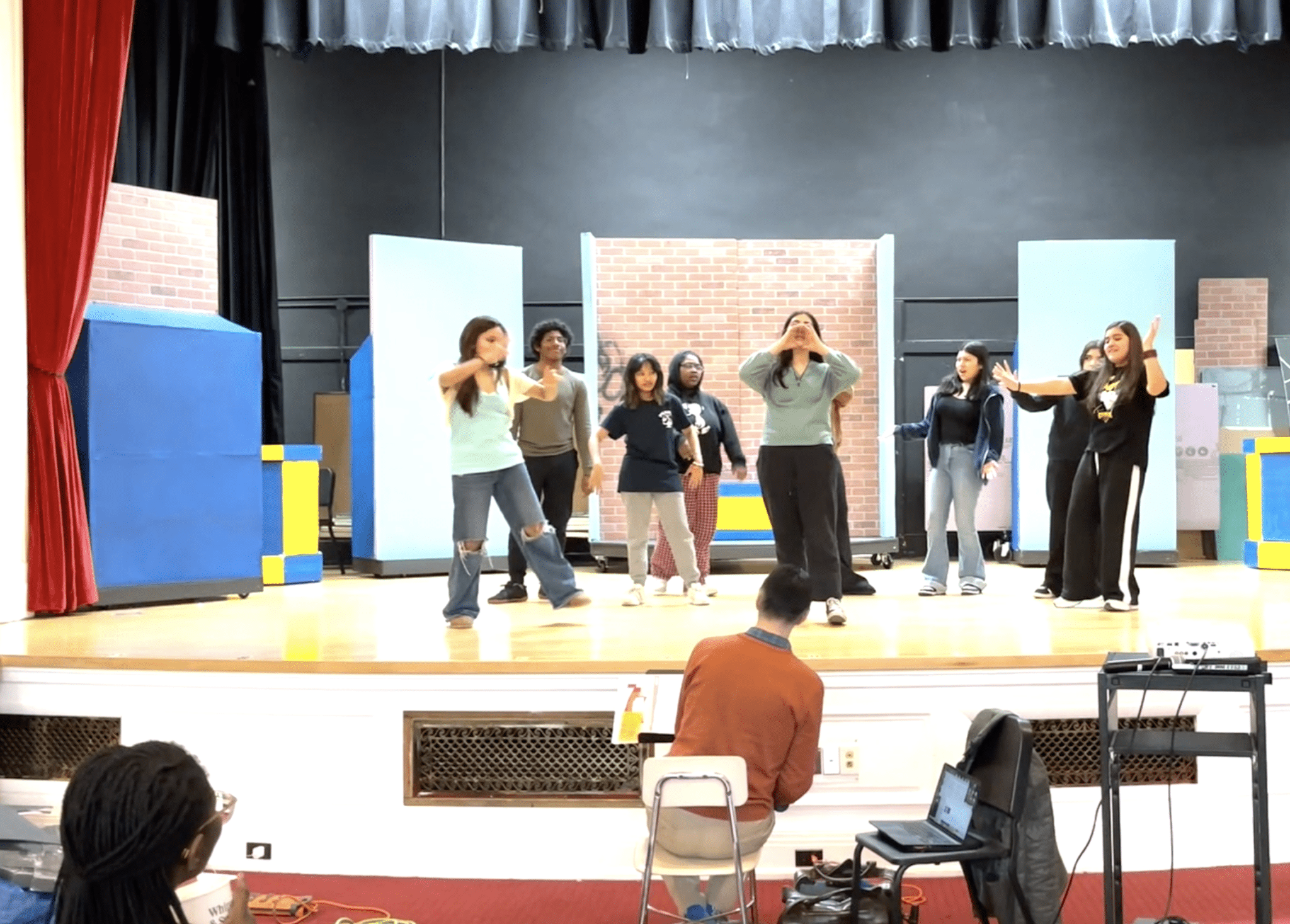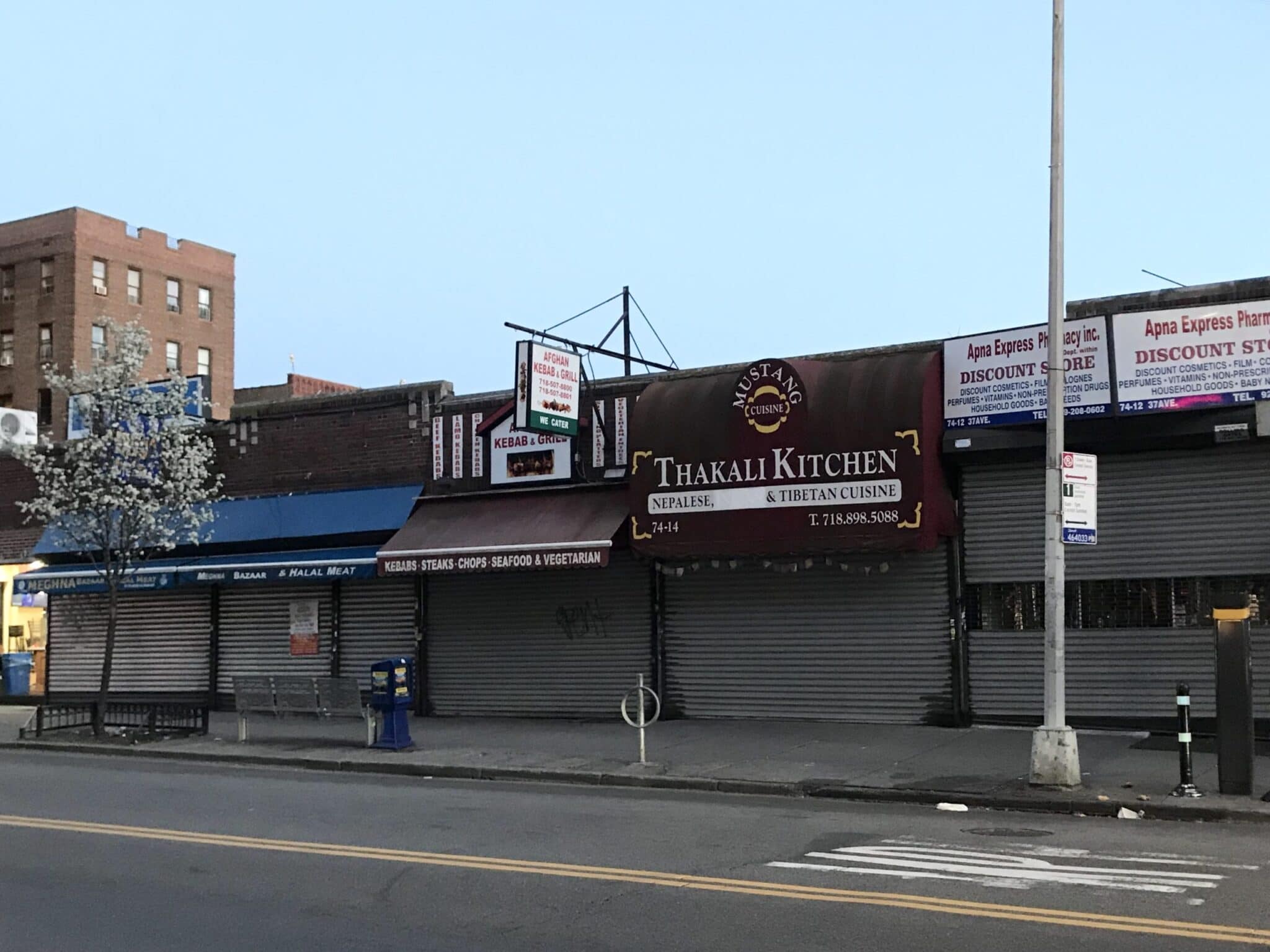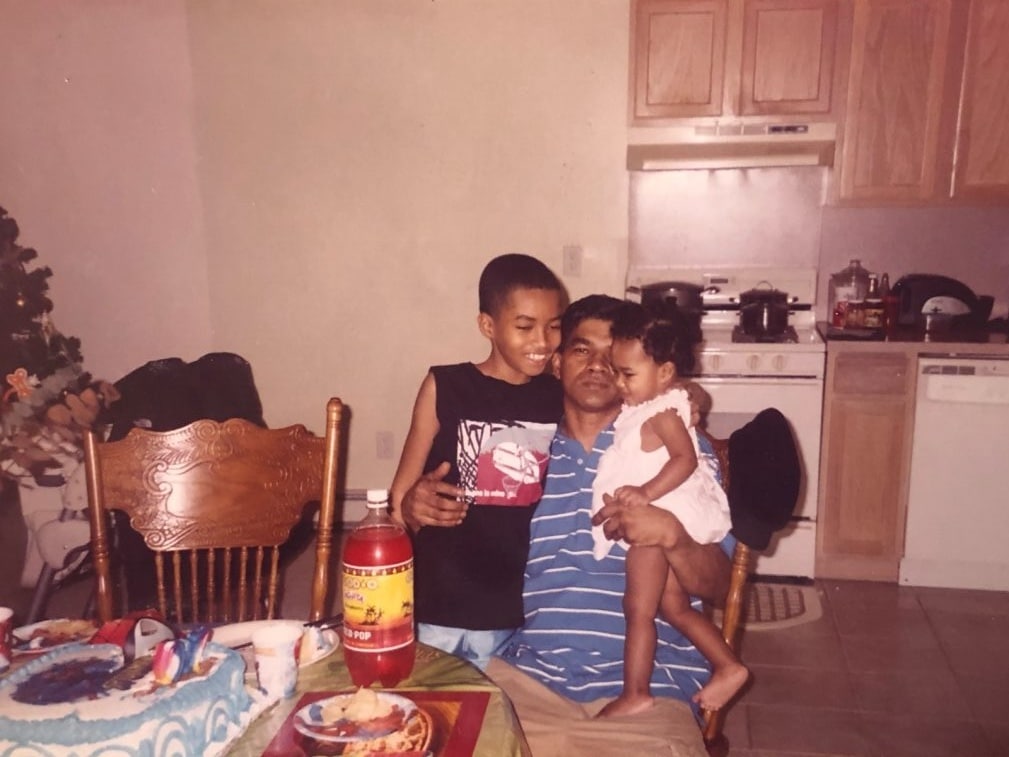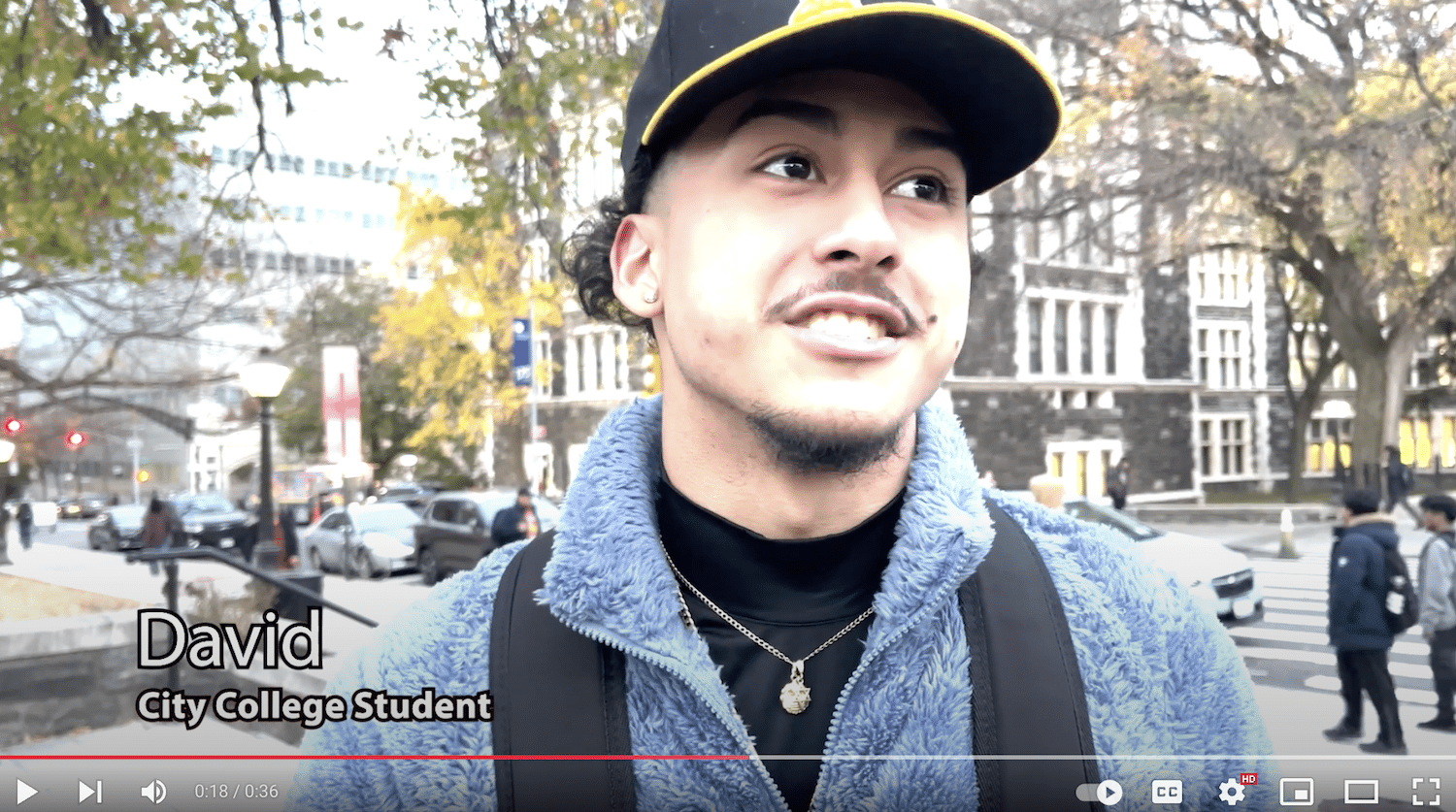Freeman Street IRT subway station in the Bronx, New York. Photo by Branden Harris.
Saturday morning around 9 o’clock I walked a few blocks to Freeman Street, the nearest train station in my neighborhood and a stop where people frequently fare dodge. I’ve watched them do it since I was in junior high school. After hanging around for about 30 minutes, I saw a man close to my age hop the turnstile. The next train was scheduled to arrive in eight minutes. I only needed four to interview him. His name was Sean Ade.
When I asked him why he did it he said, “I’ve been doing this since high school. I live a stop away, they tore the booth down and the door is open sometimes so I don’t think I should have to pay for just one stop.”
“Aren’t you concerned you’ll get a summons if the cops catch you?” I asked. “All I know is if I get caught, I’m not paying,” he said.
An hour later I spotted local rap artist HighGrades. I’ve seen him hop in the morning regularly when I head to school. “Why don’t you pay?” I asked. “Doesn’t the MTA deserve the money for the service?” He said,“ I’ve only paid to ride the train twice this year and that was because cops were watching. Other than that I never pay. Why should I? For a service that only ever does the bare minimum?”
HighGrades laughed off and on the whole time as if I had asked him something silly. “There was a time when I went broke for the rest of the week because I bought an unlimited MetroCard,” he said. “Then the next train was supposed to come in five minutes but came in ten, then delayed for an extra ten, making me thirty minutes late to work.” After our interview, he played some of his music aloud from his phone and waited for the next train to arrive.
Thursday afternoon I watched a group of young kids take turns hopping the turnstile. Each one of them struggled except one boy who jumped over effortlessly. He seemed experienced and told me his name was David and that he was in the eighth grade. He also told me he had been hopping for about a year. He explained that he only got a half-fare Metrocard because he lived a short distance from school. “I live two stops away from school but the bus takes twenty minutes and the train gets me to school faster,” he said. “My father thinks it’s unfair and he allows me to hop.”
Over the first three months of 2019, more than 21,000 summonses were given out to farebeaters. In July, Governor Cuomo and the Metropolitan Transportation Authority announced an agreement to add 500 additional uniformed officers to the New York City Transit system. The goal of this action plan is to improve safety across New York City’s mass transit system, address the rising number of assaults on transit workers and combat fare evasion. The MTA says fare evasion cost the system $243 million in revenue during the past twelve months. The new program is meant to deter fare evasion with enhanced exit gates and additional monitors and cameras throughout the system.
MTA worker Ramond Garcia was busy sweeping the platform when I saw him. He told me he understands why people don’t want to pay the fare. “Do I think people should do it? No, but this is New York and if there’s a golden opportunity for a free ride in front of them, of course, they’ll take it.” He went on to say that even though there are delays and overcrowding, that doesn’t justify fare dodging. “I understand the service may not always be that good but it’s like getting in a cab and there’s traffic…you still pay for that right? If you don’t want to pay the price of a cab why not pay $2.75 for the train?” He told me he thought the total of $125 was a fitting penalty for fare beating. “I do think the fine is a little drastic but that’s to scare you away from hopping again. You won’t learn your lesson if the punishment is too light”.
Tags: Branden Harris City College Journalism fare beating fare hoppers Freeman Street subway station HarlemView New York City subways
Series: Subways, Police and The People
